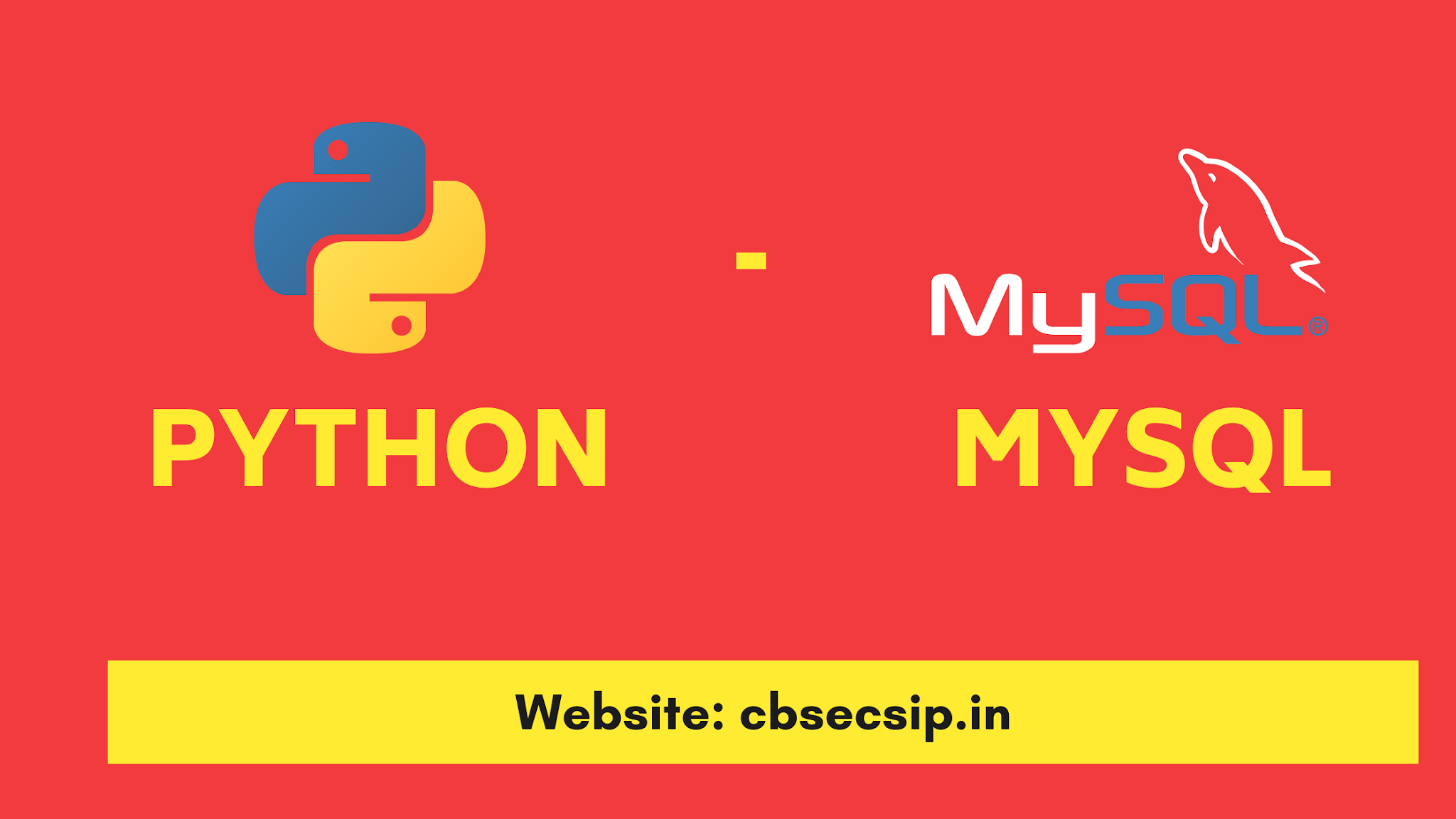Prerequisite
Python and MySQL both should be installed on your computer.
- To know how to install Python: Click Here
- To know how to install MySQL watch the following Video:
After completing the above two steps follow below-given 6 steps to connect your python program with MySQL and start working on it:
STEP-1: Start Python
The First step is to start Python. Create a ".py" file in which you want to write the python code for MySQL connection.
STEP-2: install and import mysql-connector
- The next step is to install mysql-connector. mysql-connector is available for Python that is used for connecting the python program with the MySQL Database.
- This connector can be installed in python using the following command (run it in cmd): pip install mysql-connector
- If you are facing any error while using this command click here to resolve your environment Path related error. After that, you will not face any problem.
- After installing the mysql-connector, import it in your program by using the following command: import mysql.connectororimport mysql.connector as sql
STEP-3: Connect Python with MySQL database using connect()
- connect() function is used to make the connection from python to MySQL and returns a connection object.
- It is available inside mysql.connector module. Hence to use this function we have to import mysql.connector.
- Prototype of connect( ) Function:
<conn_obj> = <mysql.connector>.connect(host="localhost", user="yourusername", password="yourpassword", database ="test“) - You can check for successful connection using is_connected( ) Function with connected Object.
if <conn_object>.is_connected()==False: print("Not Conneted")
STEP-4: Create a Cursor instance using cursor()
A Database Cursor is a special control structure that facilitates the row by row processing of records in the result set.
<cursor_obj> = <conn_obj>.cursor()
STEP-5: Execute SQL Query by Using execute( ) Function
Now you can execute MySQL Queries using execute( ) Function with cursor object as per following syntax:
<cursor_obj>.execute(<sql query string>)
The retrieved record will be available in cursor Object.
STEP-6: Close the Connection
Use the following command to close the connection:
<conn_obj>.close()
Full code for Python-MySQL Connection
1 2 3 4 5 6 7 8 9 10 11 12 13 14 15 16 | ##MYSQL connection with python import mysql.connector as sql con = sql.connect(host='127.0.0.1',user='root',passwd='password') if con.is_connected() == True: mycursor = con.cursor() mycursor.execute("create database student") mycursor.execute("use student") mycursor.execute("create table xiicom (name varchar(20))") for i in range(5): name = input("Enter a Name:") s3 = "insert into xiicom values ('{}')".format(name) mycursor.execute(s3) con.commit() con.close() else: print("Not Connected") |


No comments:
Post a Comment